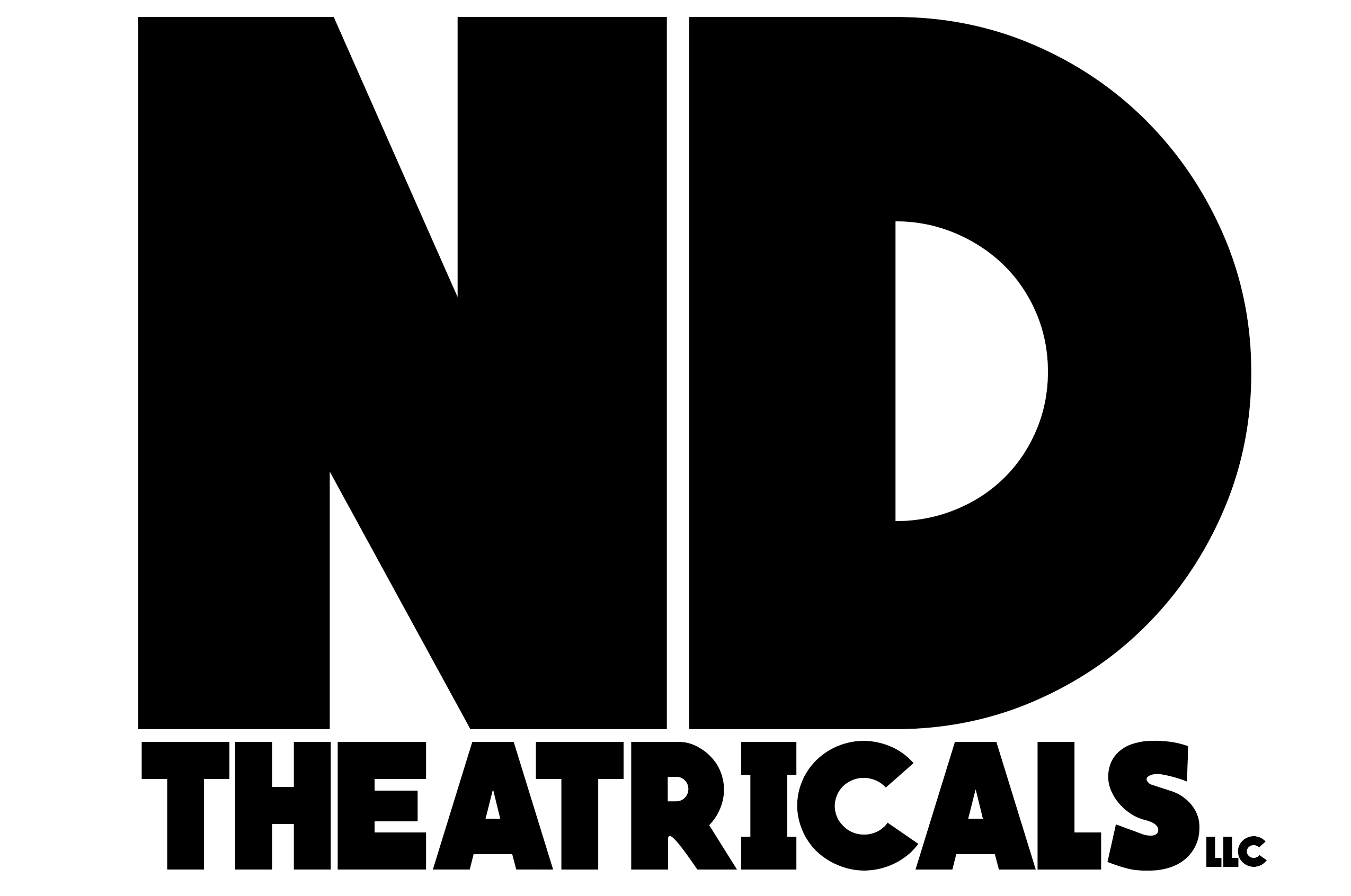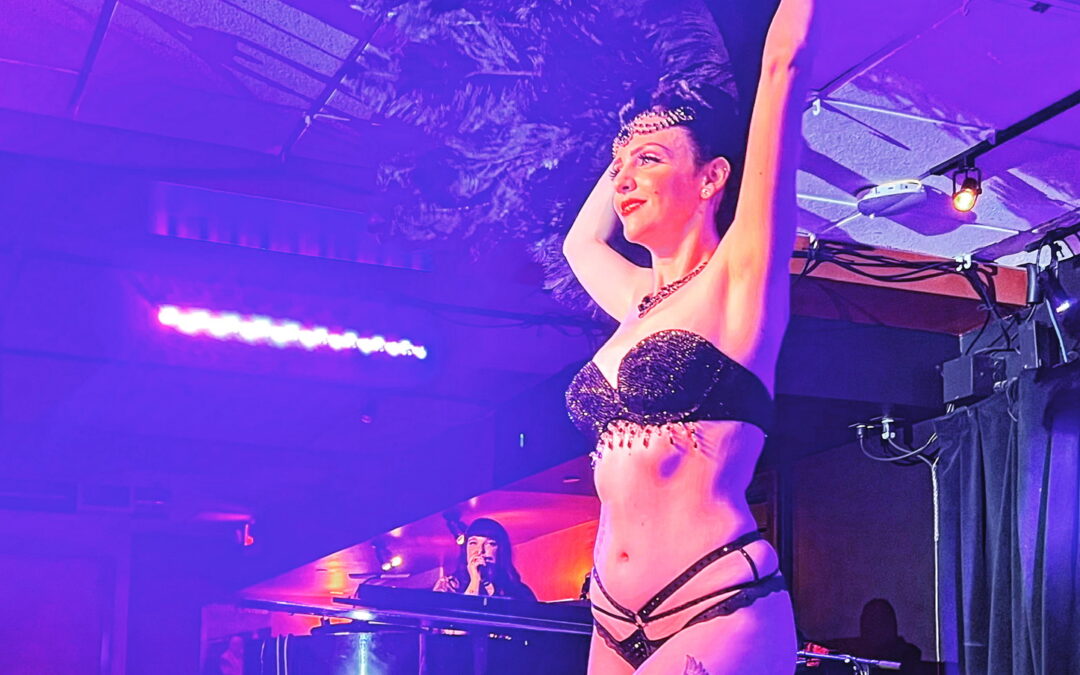Burlesque shows, a vibrant and seductive form of entertainment, have captivated audiences for centuries with its blend of humor, satire, and sensuality. Rooted in a colorful history, burlesque has evolved from its origins as a provocative theatrical performance into a powerful platform for self-expression, body positivity, and gender empowerment. In this blog post, we delve into the captivating journey of burlesque, highlighting its positive impact on society and shedding light on its enduring relevance.
The Origins of Burlesque
Burlesque can be traced back to the 17th century, emerging in Italy as a form of musical theater. Originally characterized by bawdy humor, exaggerated performances, and social commentary, it soon gained popularity across Europe. In the 19th century, burlesque arrived in America, blending satire, parody, and extravagant costumes with song and dance.
The Golden Era of Burlesque
The 20th century witnessed the rise of burlesque as a mainstream entertainment phenomenon. During the 1920s to the 1950s, burlesque shows adorned the stages of vaudeville theaters, offering a tantalizing escape from the harsh realities of the Great Depression and World War II. Burlesque stars such as Gypsy Rose Lee and Sally Rand became household names, celebrated for their wit, charm, and ability to challenge societal norms.
Burlesque and Empowerment
Burlesque has always been a trailblazer when it comes to challenging conventions and empowering performers. It offered women an opportunity to embrace their sensuality, express their desires, and subvert traditional gender roles. By celebrating diverse body types, burlesque challenged mainstream beauty standards, promoting body positivity and self-acceptance.
Burlesque’s Renaissance
In recent decades, burlesque has experienced a vibrant resurgence. Fuelled by a renewed interest in retro aesthetics and the feminist movement, modern burlesque showcases a wide range of styles and themes. Performers such as Dita Von Teese and Michelle L’Amour have brought the art form into the mainstream, inspiring a new generation of artists and enthusiasts.
The Positive Impact of Burlesque on Society
a. Body Positivity: Burlesque celebrates bodies of all shapes, sizes, and colors, fostering a sense of body positivity and acceptance. By showcasing performers who defy conventional beauty standards, burlesque challenges societal norms and encourages self-love.
b. Self-Expression: Burlesque provides a platform for performers to express their individuality, creativity, and desires. It allows individuals to explore their sexuality, push boundaries, and embrace their authentic selves without fear of judgment.
c. Feminist Empowerment: Through its celebration of femininity and rejection of objectification, burlesque has become a powerful tool for feminist empowerment. By reclaiming their bodies and narratives, performers challenge patriarchal constructs and assert their autonomy.
d. Community Building: Burlesque fosters a strong sense of community, bringing together performers, enthusiasts, and allies. Burlesque festivals, workshops, and social media platforms create spaces for connection, support, and collaboration, facilitating a diverse and inclusive community.
Conclusion
Burlesque, with its rich history and positive impact on society, continues to thrive as an art form that empowers and entertains. From its origins as a provocative form of theater to its modern-day resurgence, burlesque champions self-expression, body positivity, and gender empowerment. By challenging societal norms and celebrating diverse voices, burlesque remains a vital force in shaping a more inclusive and accepting society.
RELATED: Want to see a Burlesque show in Tampa Bay? Get tickets now for A NIGHT OF CLASSIC BURLESQUE, Vol. 5 – Circus Edition!
Citations:
- “Burlesque: A History.” Burlesque Hall of Fame. Accessed July 11, 2023.
- Layne, Vicki and Constance Valis Hill. “Burlesque: A Living History.” Burlesque Hall of Fame, 2019.
- Juffer, Jane. “Selling Sex: A Hidden History of Burlesque in America.” Film History, vol. 24, no. 2, 2012, pp. 155-156.
- Wilson, Emily. “The Art and Business of Burlesque.” Cultural Studies Review, vol. 13, no. 1, 2007, pp. 12-28.
- Whiteley, Sheila. “Women and Popular Music: Sexuality, Identity, and Subjectivity.” Routledge, 2000.

